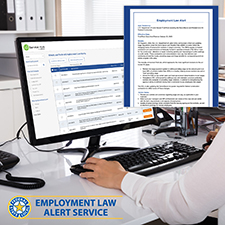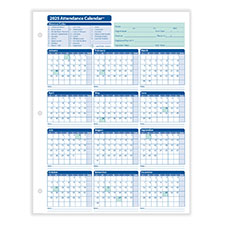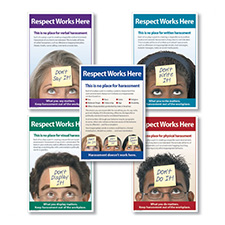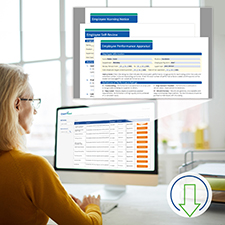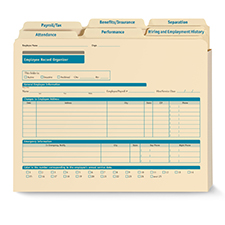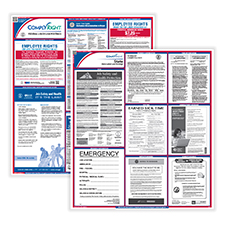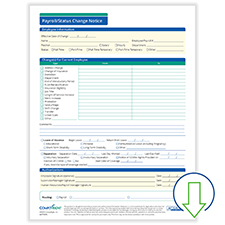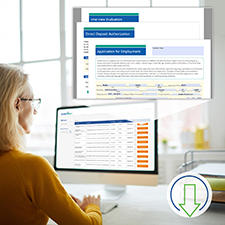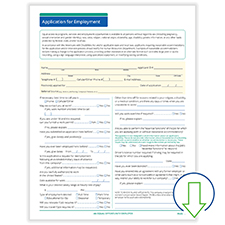
Hiring new employees involves a lot of paperwork, including the mandatory Form W-4 from the IRS. To speed up the onboarding process, you may be tempted to help employees with the form — or even complete it outright. But beware: You can’t interfere with W-4 information, especially regarding tax withholdings. So where do you draw the line between efficiency and minding the legal parameters?
Assist but Don’t Influence an Employee’s Withholdings
As a small business owner, you’re responsible for collecting and paying employment-related taxes to the IRS. The purpose of the W-4 is to capture certain details so you can withhold the correct federal income tax from an employee’s pay.
Plan to have a new hire complete and sign the W-4 on or before the first day of employment. If the employee comes to you with questions when filling out the W-4, exercise caution. You can walk them through the W-4 form instructions, but you should never offer advice or discuss how their choices will impact their paycheck. Depending on the types of questions you receive, you can assist in a neutral, informative way, as follows:
- “Do I have to complete all the steps?”
The answer is, “not necessarily.” While the form is divided into five steps, the only two steps required for all employees are Step 1, where they enter personal information like name and filing status and Step 2, where they sign the form. They should complete Steps 2-4 only if applicable, which helps ensure a more accurate withholding based on multiple jobs (or a spouse working), claims for dependents and other deductions.
- “Do I qualify for the child tax credit?”
In general, an employee is eligible for the child tax credit in Step 2 if the child is under age 17 as of December 31, the child is a dependent who lives with the employee for more than half the year and the child has the required social security number.
- “Can I change my W-4?”
Employees can change W-4 forms for a variety of personal or financial reasons, such as marriage, divorce or having a baby. Unlike with health insurance with open enrollment restrictions, employees can update withholdings as often as they’d like throughout the year.
Remember: An employee must sign and date the W-4, or it will be invalid.
How to Handle Incomplete or Missing W-4 Forms
What should you do if the employee doesn’t complete or sign the W-4 in a timely manner? Ideally, you wouldn’t allow a new employee to start work until you receive a completed W-4. If an employee fails to submit a W-4 for any reason, you can calculate tax withholdings at the higher “Single” rate. And if a payroll cycle passes and the employee continues to ignore your requests, you may suspend the employee until you receive the completed form.
Furthermore, you’re not obligated to verify the accuracy of any information an employee provides on the W-4.
Strengthen Your Onboarding Process with Our Web-Based App
To effectively hire and onboard new employees, you need an organized, fully legal approach. A dedicated I-9 & W-4 app can help you complete federally required forms (including the W-4 covered in this article) with confidence. The easy-to-use, web-based tool outlines the process, step by step, to streamline completion and prevent mistakes. Ultimately, the candidate will have less questions about what to do, so you won’t accidentally cross the line with inappropriate advice.






 Shopping cart
Shopping cart